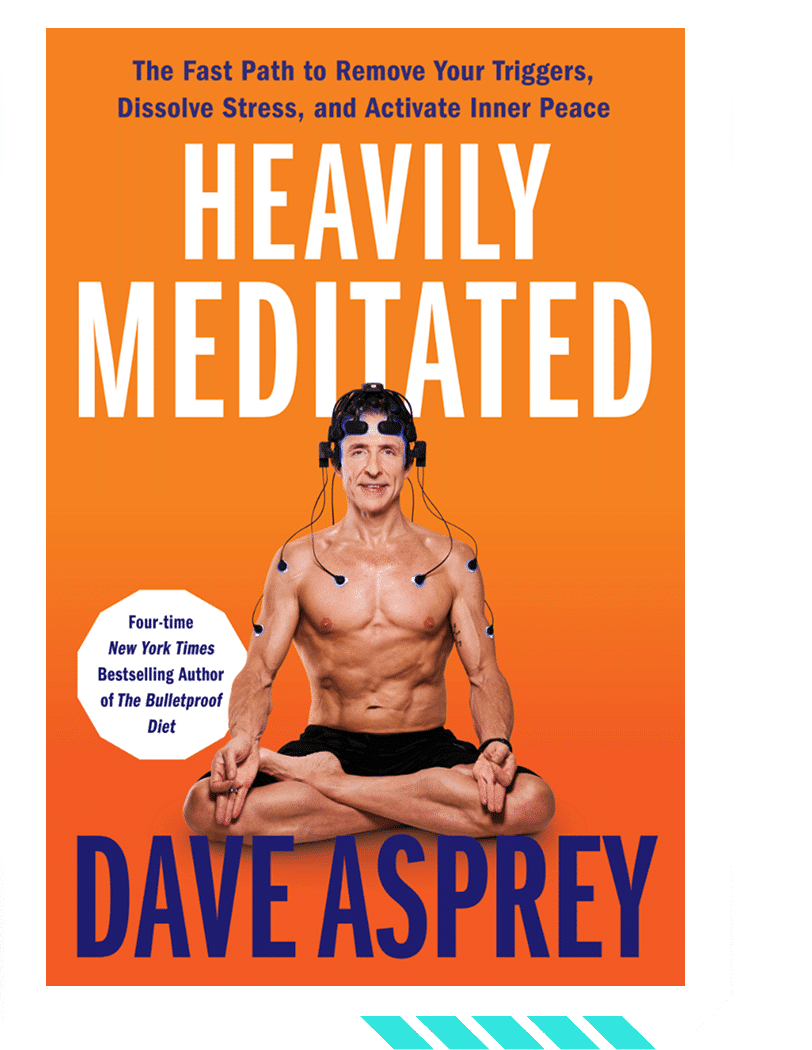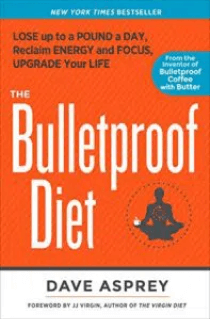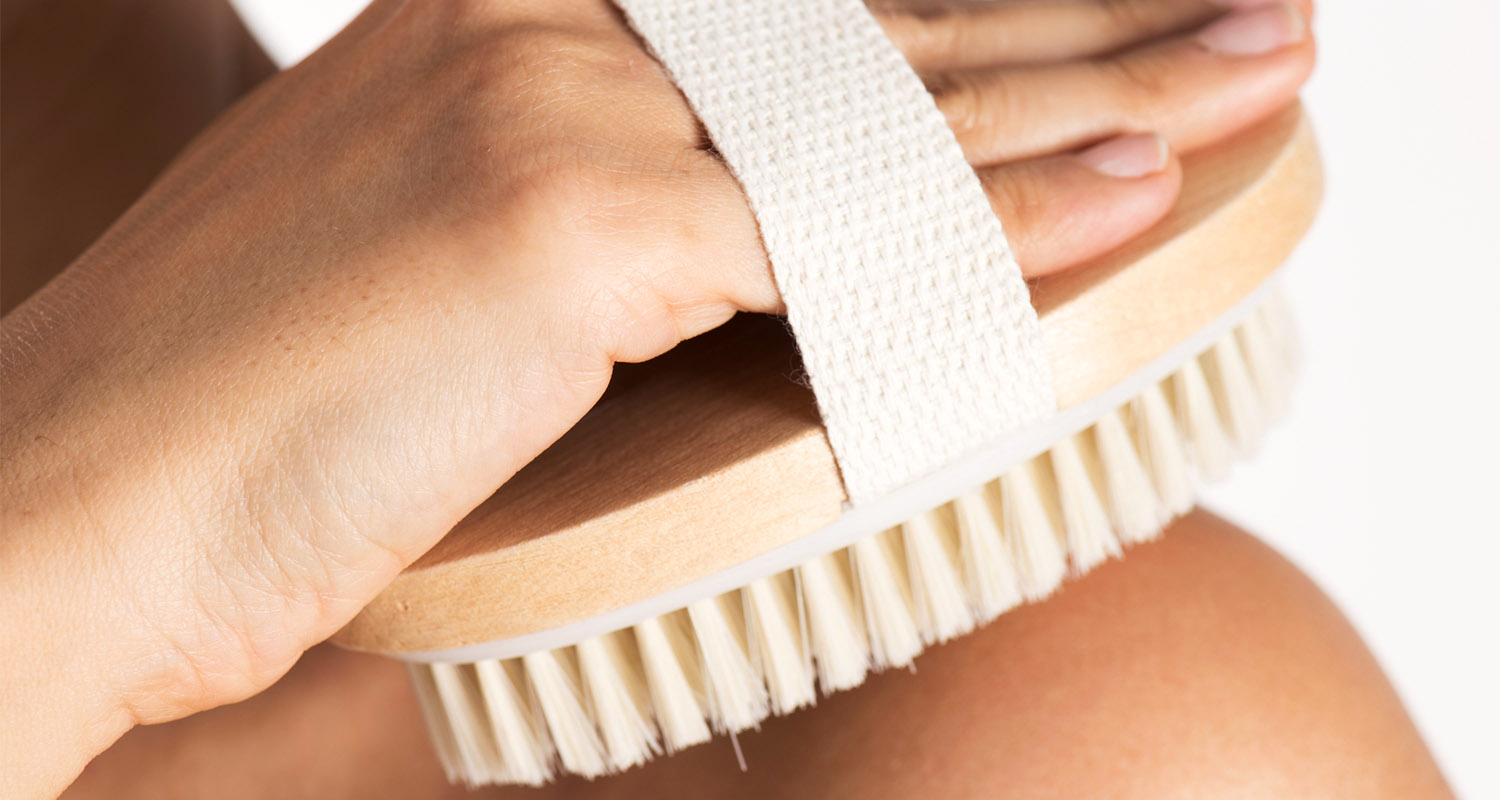
- Dry brushing is the ancient practice of brushing dry skin with a natural-bristle brush in order to stimulate the lymphatic system and exfoliate your skin.
- Dry brushing can help detox your body by stimulating your lymphatic system to remove cell waste, environmental toxins, and pathogenic organisms more efficiently.
- Other benefits of dry brushing may include smooth clear skin, the reduced appearance of cellulite, and a short-term energy boost.
- To dry brush your skin, start from your feet, and brush upward toward the heart in long strokes.
When you think about detoxing, you might think of taking an inside-out approach. After all, there are a lot of things you can put into your body to help remove toxins. You can swig a detox drink. Or cleanse your colon with an enema solution. But you can also detox your body by showing some love to that extra-large organ that occupies your outer body: your skin. Dry brushing is one way to detox from the outside-in.
Related: 8 Detox Methods That Really Work
So what is dry brushing? Dry brushing is the ancient practice of methodically swiping a brush over your dry skin to help stimulate the lymphatic system, exfoliate your skin, and unlock other powerful health benefits in the process.
How does dry brushing help you detox?
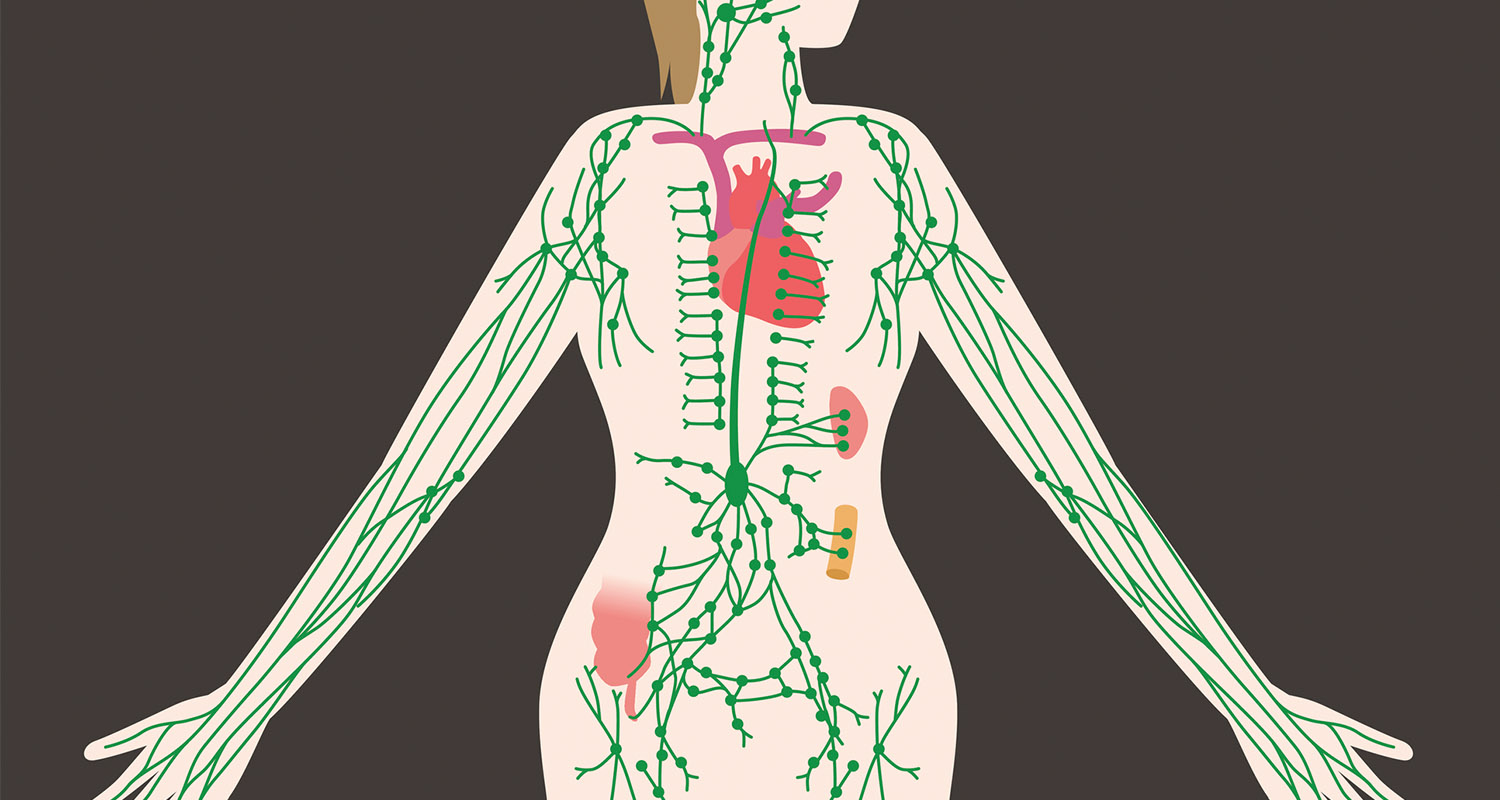
That’s where dry brushing comes in. “Unlike the network of arteries and veins which rely on the heart to circulate blood, your lymphatic system doesn’t have a pump and instead relies on muscle motion to improve circulation. If you don’t move regularly with most of your muscles, your lymph can stagnate and waste accumulates,” she says. Dry brushing stimulates the lymphatic system, which “catches waste from cells, environmental toxins, and pathogenic organisms. Regular dry brushing can help you remove lymphatic waste more efficiently.”[ref url=”https://www.jidsponline.org/article/S0022-202X(15)52853-4/fulltext#s0020″]
The benefits of dry brushing
Better lymphatic circulation may lead to other health perks as well, including improved digestive and respiratory function, according to Gottfried. “I think of dry brushing as self lymphatic drainage massage,” she says.
Here’s a quick look at some other potential benefits of dry brushing.
Smooth skin

In addition to more touchable skin, dry brushing can lead to clearer, brighter, smoother skin, too. Dry brushing removes built-up skin cells and debris than can block pores and lead to acne. It also helps get rid of keratin buildup that causes “chicken skin” (aka keratosis pilaris), according to Gottfried. To boot, by increasing circulation, dry brushing gives skin a rosier, glowier appearance.
Reduced cellulite
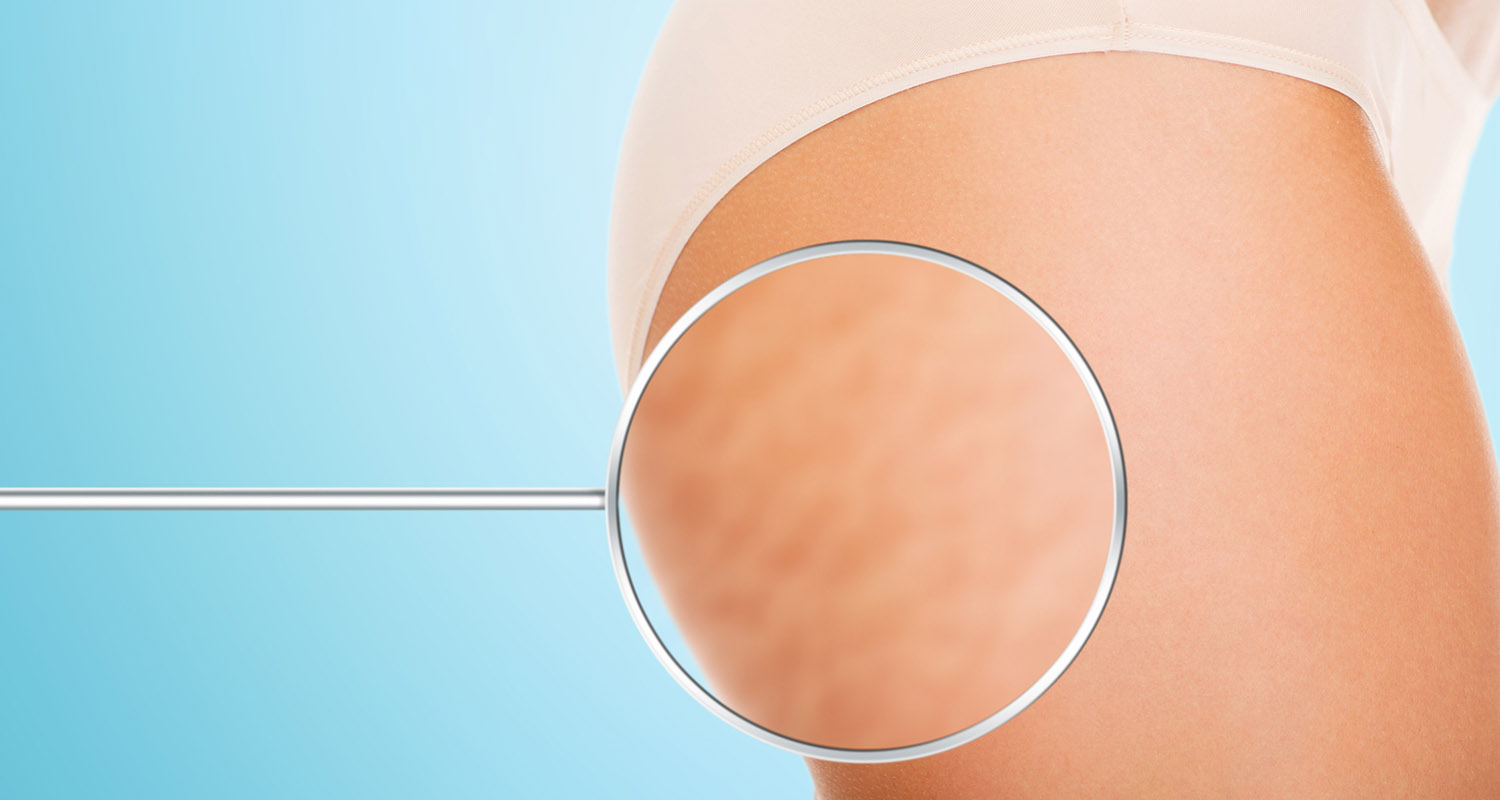
More energy

How can you tell if your body’s due for a dry-brush detox?

Related: Forget Juice Cleanses. Autophagy Is the Real Way to Detox Your Body
How do you dry brush — and how often should you dry brush?
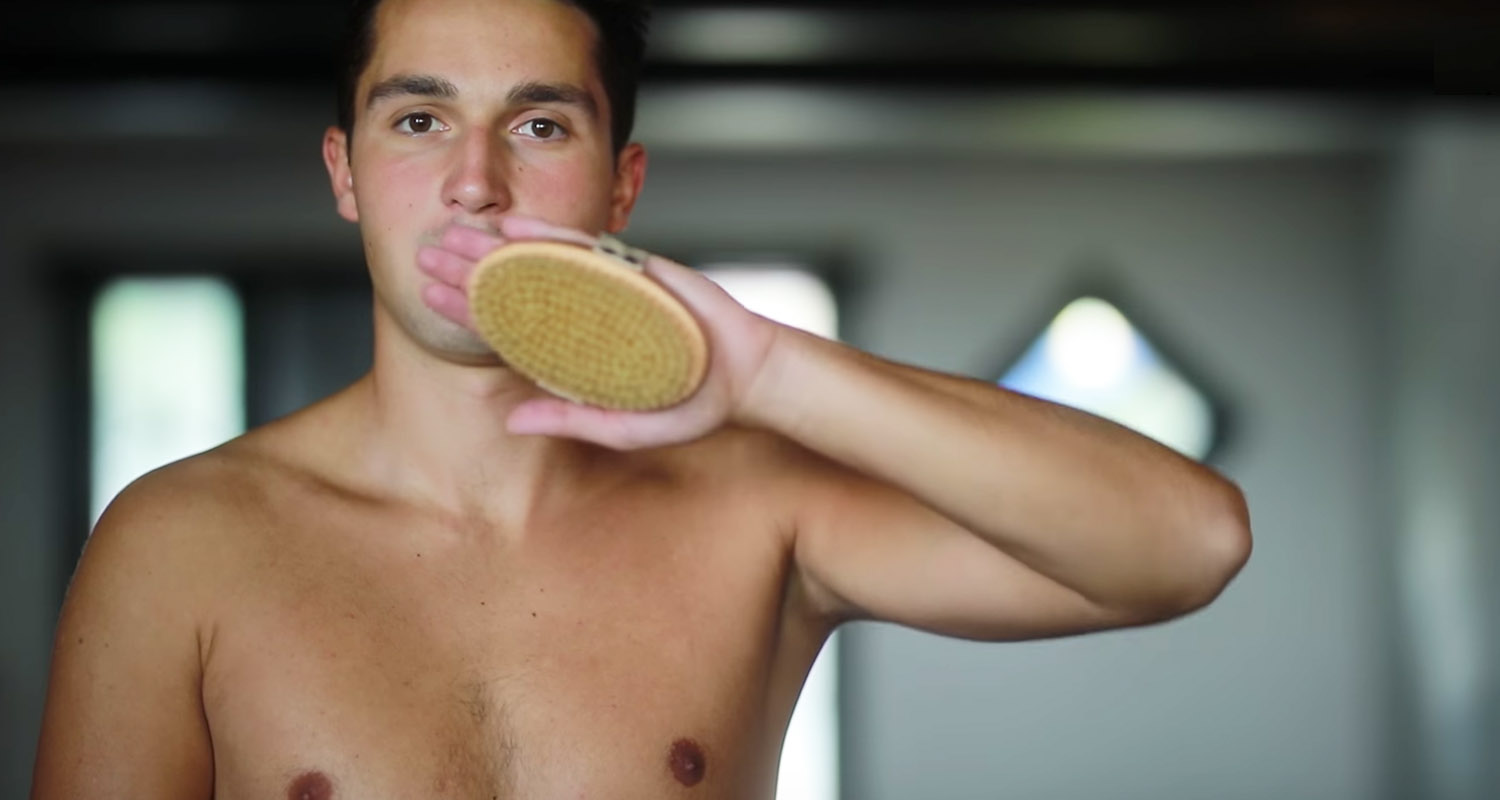
As you’ve probably picked up on from the name of the practice, you’ll want to start with dry skin. Begin from your feet and work upward. Use long fluid strokes, moving toward your heart, on your limbs and circular motions on your torso and back. “I move in the upward direction. It can be sensitive on the abdomen, breasts and neck, so lighten up pressure as needed.” Once you get to your back, you can use downward strokes.
“Generally, you dry brush once a day and shower immediately afterward to wash off dead skin cells,” Starkey says. “Applying lotion afterward puts moisture back into your skin.” If your skin is sensitive or looks irritated, cut back to once a week.
Is there anyone who shouldn’t try dry brushing?
Nearly everyone can benefit from detoxing, according to Gottfried, but there are a few people who should think twice before putting those bristles to their skin:
Dry brushing might be too abrasive for hypersensitive skin, and you certainly don’t want to dry brush if you have any kind of sores or wounds on your skin.
And use common sense: People with specific conditions and women who are pregnant or nursing should discuss risks and alternatives with a physician first.
“People with adrenal burnout and slow thyroid function should work with a collaborative clinician who can adjust the protocol as needed so it’s not too harsh or aggressive,” Gottfried adds. “But dry brushing is a gentle way to augment your body’s detoxification pathways.”


